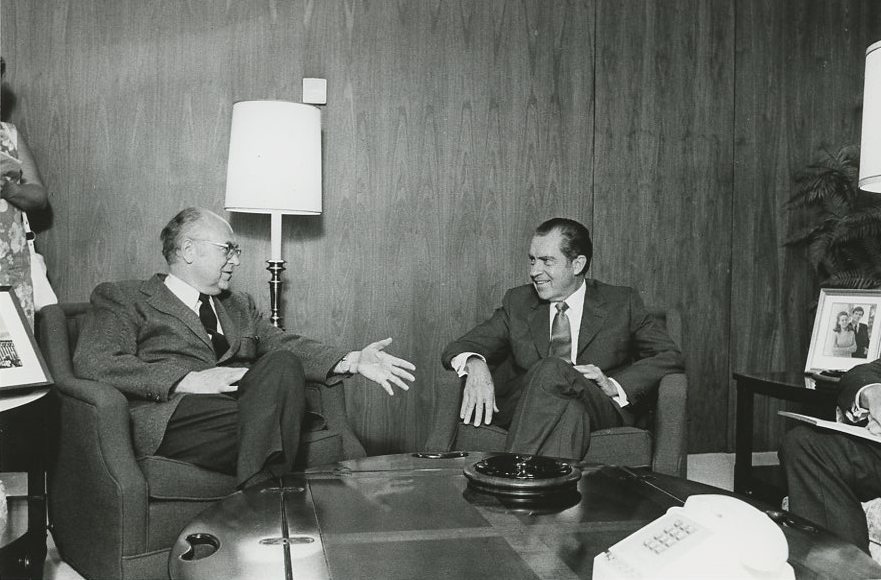At the beginning of September, the United States and Russia announced a groundbreaking ceasefire in Syria. Just weeks later, tensions between the two countries are rising at an alarming rate as diplomats on both sides attempt to revive a ceasefire on life support.
The Syrian Civil War grew out of the 2011 Arab Spring, when Syrian President Bashar al-Assad violently repressed opposition protesters. War erupted between the Assad government and the newly formed Free Syrian Army. The turbulent multi-sided conflict has left Syria with approximately 100,000 civilian deaths. Violent fighting has displaced millions, with 500,000 refugees fleeing the country.
Allied with the rebels, the United States fights solely against the Islamic State, not the Assad government. Nevertheless, Russian support of the Assad regime has caused open hostilities between the U.S. and Russia over the past year.
Recent bilateral efforts attempted to diffuse the situation in Syria and bring much needed humanitarian aid to the war-torn country. The ceasefire between the Russian-backed Syrian forces and rebel groups supported by the U.S. intended to create a demilitarized access route into Syria’s largest city and establish a Joint Implementation Center that would permit improved information sharing between the two countries.
Unfortunately, a series of deadly airstrikes followed the announcement of the ceasefire. On September 17, a U.S. airstrike intended for IS-related targets resulted in the deaths of Syrian troops. A few days later, a United Nations aid convoy was destroyed, and the U.S. immediately looked to Russia for answers.
The post-Cold War relationship the U.S. and Russia built over the last three decades is currently being put to the test. The world watches anxiously as the heated diplomatic talks between U.S. Secretary of State John Kerry and Russian Foreign Minister Sergey Lavrov attempt to salvage the ceasefire.
President Nixon knew a drastically different Russia during the Cold War. The superpowers were undisputed ideological enemies, and peaceful negotiations between the U.S. and the Soviet Union seemed unimaginable. Except, as President Nixon astutely demonstrated, bloodless diplomacy was not only possible, but effective.

